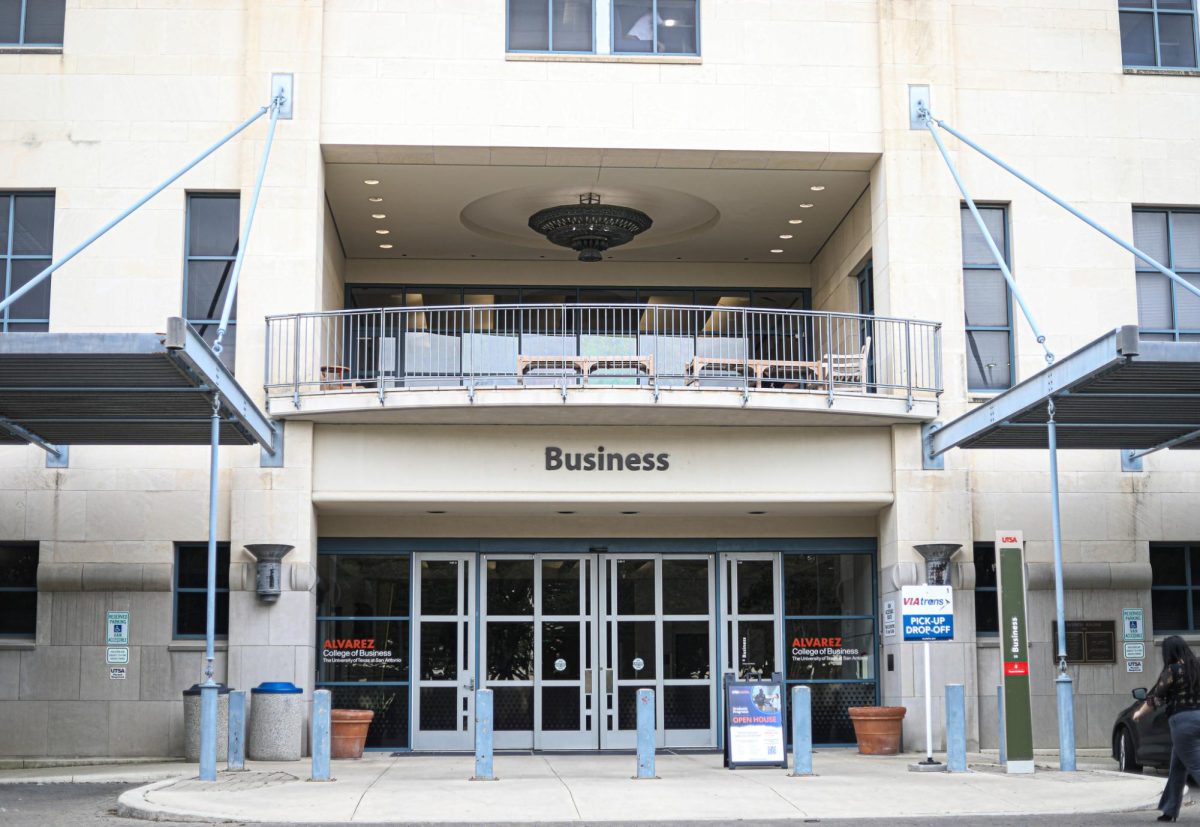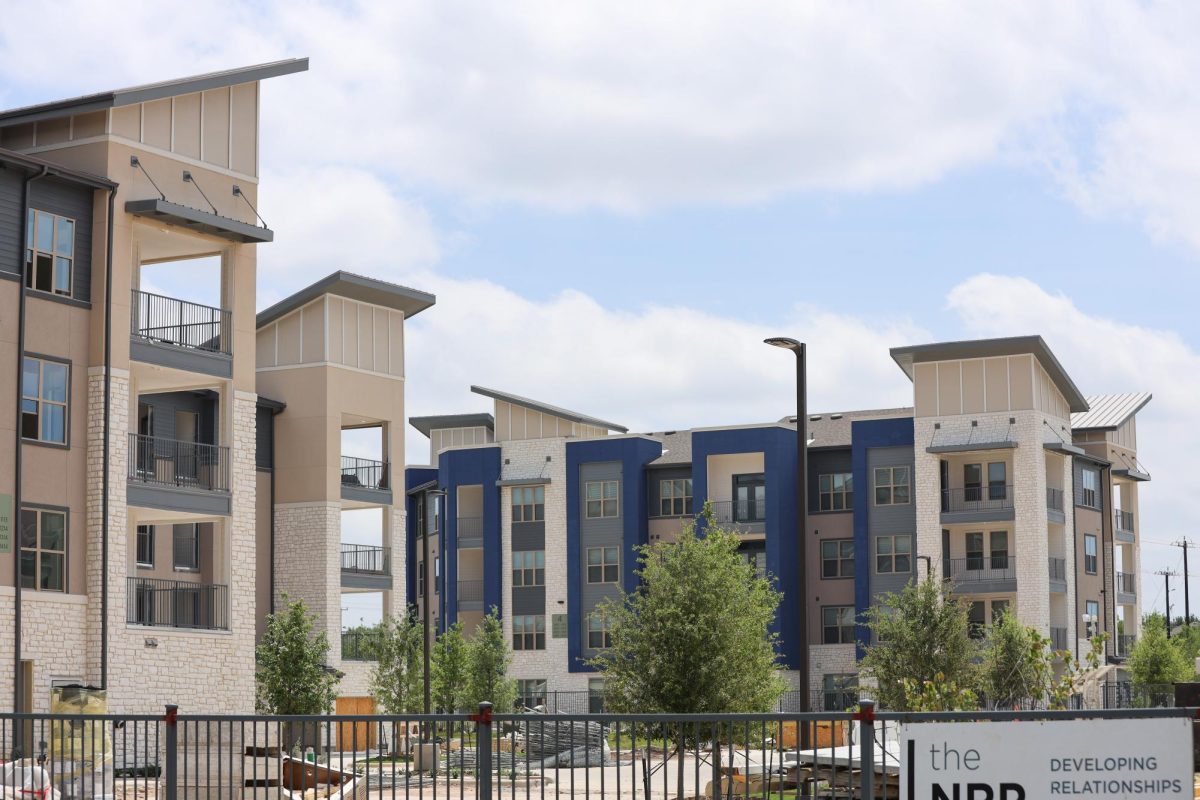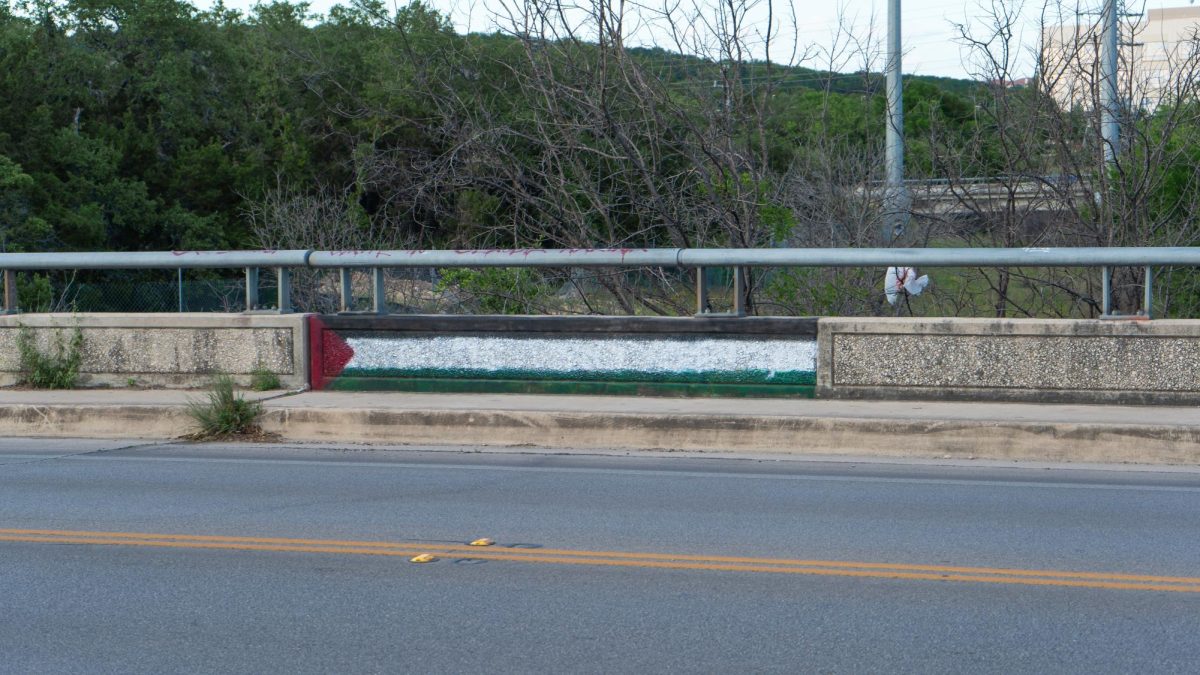UTSA and the San Antonio Express-News initiated their series of town hall discussions last Thursday, Feb. 6, with a discussion on the future of water in San Antonio.
The panel consisted of former state representative and current San Antonio Water Systems (SAWS) CEO Robert Puente, Bexar County’s legislative delegation’s water expert State Rep. Lyle Larson and Deputy Director and associate professor of research for the UTSA Texas Sustainable Research Energy Institute Juan Gomez.
Before opening up questions to the audience, Mr. Puente gave a summary of the state of water management in the San Antonio area. “SAWS is the biggest provider in this region for water… A big part of what we are doing is reclaiming the water that we have used,” stated Puente. “The water that goes down your showers, your commodes and your sinks we capture, clean and put back to good use.”
“We have the nation’s largest direct recycle system, transferring water throughout our community. We have the nation’s third largest Aquifer Storage and Recovery (ASR),” Puente explained. The function of the ASR is to store excess drinking water from the Edwards Aquifer — the primary source of water for SAWS — from “wet years” underground in the Carrizo Aquifer for use during “dry years.”
This is an effective system because the Edwards Aquifer Authority limits the number of acre-feet of water that SAWS can withdraw from the Edwards Aquifer each year through a permit system. If SAWS does not use all their permits during a given year, they will not be carried over to the next year. To avoid losing these permits and wasting water during a “wet year,” SAWS deposits that excess into the ASR to withdraw later during a “dry year.”
“We talk a lot about water,” said Puente, “but half the money we spend at SAWS is spent dealing with wastewater issues.” He further explained that almost every process of wastewater recycling has been commercialized in some way to help reduce rates for customers. “We do all this while providing the lowest rates of all the metropolitan areas in Texas,” affirmed Puente.
The first audience question was concerned with the longevity of brackish water.
“Brackish water is salty water; we are working to treat it so that we don’t need to tap freshwater aquifers in the future,” Mr. Puente explained. “Centuries, billions of acre-feet of brackish water are available.” He further explained that a major source of brackish water, the Wilcox aquifer, extends from Mexico to Arkansas, giving nearly all of Texas access to this water. “It’s a very sustainable source of brackish water,” affirmed the CEO.
The second question inquired into the current drought, “What if the worst case scenario happens and the drought lasts for another 20-plus-years. What happens if we run out of water?”
Rep. Larson responded by saying, “If our aquifers dried up — which they shouldn’t — we would invest in ocean water desalination. The state is already investing in making ocean water desalination a viable source of water within ten years.” Larson finished by adding, “If our drought did get worse, the private sector, not the state, would seize the market created by the demand for water.”
The topic of ocean desalination plants continued into the third question, “Where are the desalination plants in Texas located? Are they in the Gulf? If not, why not?”
Mr. Gomez explained that, from a glance, “it makes sense with the coastline that we have to develop sea water desalination, with the major population centers that lie on the coast.” “However,” asked Gomez, “how do you manage those developments and allow the rest of the state to remain competitive?”
The base for Professor Gomez’s inquiry is that in Texas water is managed not by the state as a whole, but by 16 separate districts that compete with each other for water rights.
If the districts on the coast built — with the help of state funding — ocean desalination plants, they would have an unlimited source of water.
Therefore, these districts would have an unfair advantage when negotiating with other districts.
“We need to drive decisions in water management through scientific advancement, not politics,” remarked Larson.
Agreeing with Larson, Gomez concluded that “The U.S. does not consider desalination to be a worthy investment. Our foreign neighbors are years ahead of us… We need to be willing to pay today for the security of tomorrow.”
The panel then discussed the balance between agricultural and consumer interest. Puente explained, “65 percent of Texas water is used by the agricultural sector, but we need to provide the sector to promote economic growth.”
Siding with Puente, Larson stated, “best management practices should be embraced by the agricultural sector before Texas has to impose drought restrictions.” Building on this, Puente emphasized the success of SAWS’ rebate program in encouraging businesses to conserve water without forcing compliance on them.
Closing the discussion, the panelists emphasized that the current 16-district plan does not work in practice.
Further, the more educated citizens are on the issue of water, the more they will work towards reformation and progression of water management.
Lastly, Mr. Puente assured the audience that the “business strategy at SAWS is to convince our customers to buy less of our product. We are succeeding at that. There is a tremendous amount of savings when you don’t have to provide water in the first place.”











